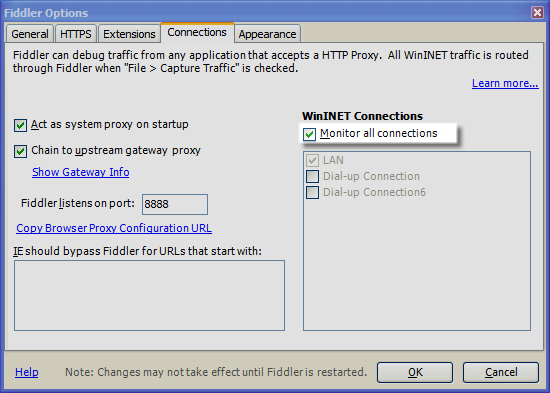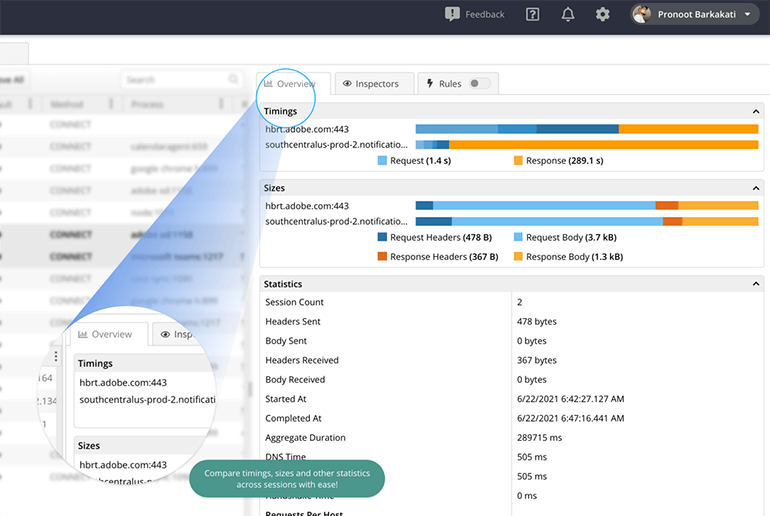

To enable Fiddler to generate certificates compatible with iOS devices, download the Certificate Maker plugin for Fiddler from. You should leave the Authentication slider set to Off. In the Port box, provide the port Fiddler is listening on. In the Server box, enter the IP address or hostname of your Fiddler instance. Click the Manual option in the HTTP Proxy section. Click Wi-Fi and push the small blue arrow at the right of the Wi-Fi network’s name to configure its settings. In the Settings list, pick General and then choose Network from the list. To access the proxy settings, click the Settings icon on the home screen.

To capture web traffic from an Apple device, you must first configure its proxy settings to point to your Desktop PC running Fiddler. Note: If you’re using the iPhone, you must disable the 3g/4g connection to force all requests to go over Wi-Fi.

Hint: You can easily find the Fiddler PC’s IP address by hovering over the Online indicator in the Fiddler toolbar: If you see the “Fiddler Echo Service” webpage, then you know that the client and Fiddler are able to communicate. You should verify the client computer can successfully reach Fiddler without problems caused by the firewall or router by opening the browser and visiting FiddlerMachineIP:8888. You will need to restart Fiddler for the change to take effect, and you may need to reconfigure your firewall to allow incoming connections to the Fiddler process. To configure Fiddler, click Tools > Fiddler Options > Connections and check the box labeled Allow remote computers to connect. The steps aren’t hard, and this configuration gives you a powerful way to debug iPad, iPod, and iPhone traffic. While it’s currently a Windows-only tool, you can still use Fiddler to debug traffic from Apple’s iOS-based devices if you have a Windows-based PC to run Fiddler on, and a Wi-Fi connection shared between that PC and your iOS device. Note: The following content is excerpted from my recently published Fiddler book.


 0 kommentar(er)
0 kommentar(er)
